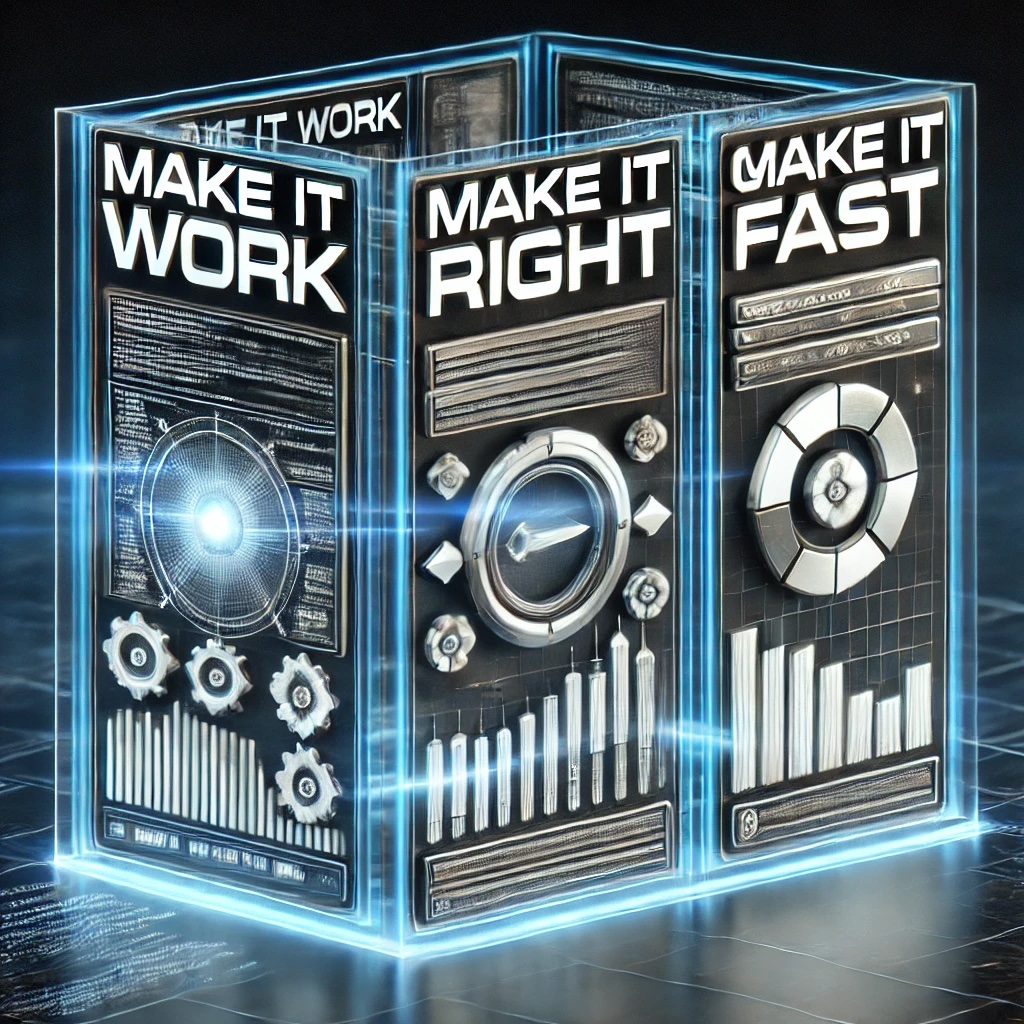Empowering Minds through Shared Knowledge
Learning is a Journey Best Shared Together
Tech Insights
Personal Reflections
Creative Coding
Learning Resources
Latest Troubleshooting Additions
Advanced Alibaba Cloud Troubleshooting for Enterprise Deployments
Alibaba Cloud has grown into one of the leading hyperscale cloud providers, particularly strong in Asia-Pacific. While its services offer competitive pricing and powerful features, enterprises often encounter unique troubleshooting challenges when scaling globally. These issues range from VPC routing conflicts to OSS latency and IAM misconfigurations that directly impact business continuity. For senior architects and decision-makers, understanding how to resolve these complex issues is vital to ensure secure, reliable, and high-performing deployments on Alibaba Cloud.
Advanced Fedora Troubleshooting for Enterprise Environments
In enterprise environments, Fedora is often adopted as a cutting-edge Linux distribution to test and deploy modern workloads. Despite its developer-friendly nature, large-scale deployments can encounter complex issues that go beyond simple package conflicts or misconfigurations. These challenges often emerge from kernel-level tuning, SELinux policies, or systemd interactions that impact production stability. Understanding how to troubleshoot Fedora at scale is essential for architects and decision-makers who must balance innovation with operational reliability.
Troubleshooting Complex Enterprise Issues in SAS
SAS has been a trusted platform for advanced analytics, statistical modeling, and enterprise reporting for decades. However, as organizations expand their data operations, SAS deployments encounter unique challenges: long-running jobs that impact SLA compliance, unexpected memory bottlenecks, and difficulties integrating with modern data pipelines. These issues are rarely discussed in depth but can undermine both performance and governance. This article explores complex troubleshooting scenarios in SAS, providing structured diagnostics, root cause analysis, and sustainable solutions tailored for large-scale enterprise environments.
Troubleshooting Complex Enterprise Issues in R
R is a cornerstone language for statistical computing and advanced analytics, widely adopted in enterprises for data science, forecasting, and reporting. While powerful, R often presents nuanced troubleshooting challenges when scaled to production workloads. Issues such as memory overflows, package dependency conflicts, and parallelization inefficiencies can derail analytics pipelines, especially in enterprise environments with stringent SLAs. This article examines rarely discussed problems with R, explores diagnostic methods, and outlines best practices for sustainable large-scale deployments.
Troubleshooting Complex Build and Bundling Issues in Snowpack
Snowpack introduced a fresh approach to frontend build and bundling by leveraging native ES modules, dramatically reducing build times compared to legacy bundlers. However, at enterprise scale, Snowpack users encounter nuanced issues—module resolution failures, production deployment inconsistencies, and plugin ecosystem conflicts. These problems, while less visible in smaller projects, become critical bottlenecks in large CI/CD pipelines or multi-team codebases. This article explores complex troubleshooting scenarios for Snowpack, including root causes, diagnostic techniques, and best practices to ensure long-term maintainability.
From the blog
Insights and expert opinions on the impact and future of all the industries. Get ready to stay ahead of the curve and stay informed on the latest news and updates.

The Future of Technology: Insights into Emerging Tech Trends
The world of technology is constantly evolving, with groundbreaking innovations transforming the way we live, work,...

Make it Work, Make it Right, Make it Fast: The Path to Effective Software Development
In software development, the phrase “Make it work, make it right, make it fast” is more than just a methodology—it’s a roadmap to...

Kibana and Its Use in Large Corporations
In the modern digital landscape, businesses across various industries collect enormous amounts of data from diverse...

